12 Sunderland facts that aren’t widely known - from famous faces to raining eels
and live on Freeview channel 276
1. Stan Laurel’s sister lived in Roker
Stan Laurel’s sister, Olga Healey, lived in Hartington Street, Roker. The siblings were close, although fear of flying kept Olga from Stan’s funeral in Hollywood in 1965. She died and was cremated in Sunderland in 1978.
Stan performed at the Sunderland Empire both before and after the peak of his fame.
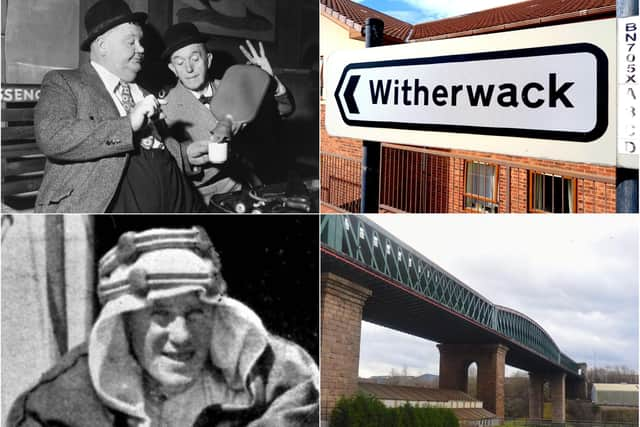

Advertisement
Hide AdAdvertisement
Hide Ad2. If George Washington had ever visited here – he would have been hanged
The current incarnation of the superb Washington Old Hall was built in the 17th century. It proudly and rightly plays on the fact that it was George Washington’s ancestral home.
His great-grandfather emigrated from England to America in 1656 and, as you know, in 1789 George became the first US President after the States had declared independence from Britain.
In other words, he would have been regarded as a traitor in this country and been sent to the gallows if George III had had his way.
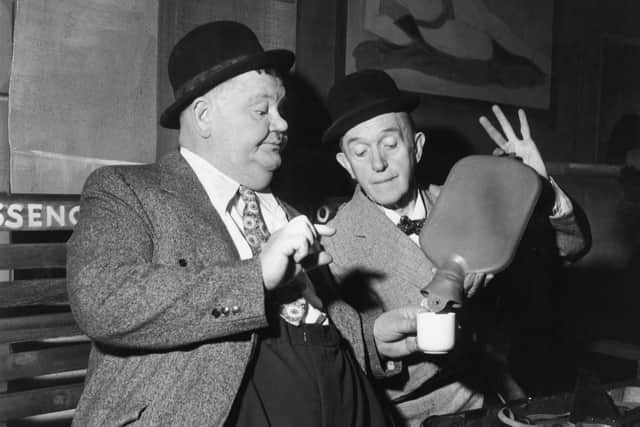

3. It rained eels here in 1918
Advertisement
Hide AdAdvertisement
Hide AdAt around 3pm on Saturday, August 24, 1918 fish rained down on allotments in Hendon.
Allotment holders were sheltering in their sheds from the rain, which at this point was made from the traditional water, when hundreds of eels also began to fall from the sky.
The probable cause was a “waterspout” – a tornado that sucks water from the sea.
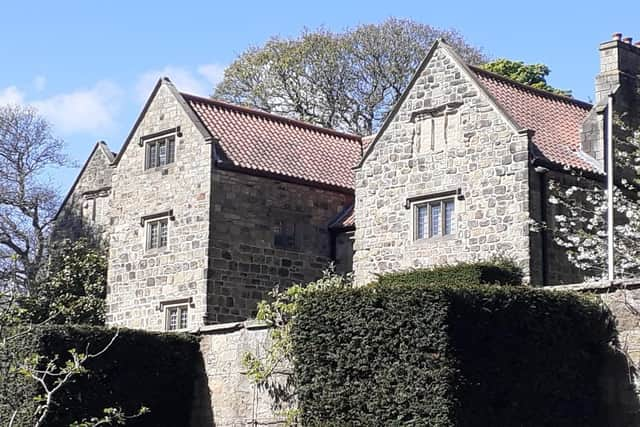

4. One of science’s greatest geniuses lived in Sunderland
William Herschel, 1738-1822, was a German-born scientist and composer who lived in Sunderland for two years.
Advertisement
Hide AdAdvertisement
Hide AdHe discovered the planet Uranus, infrared radiation, two of Saturn’s moons, that coral is an animal not a plant and much more.
He lived in what is now Sunniside where he composed six symphonies. Clever or what?
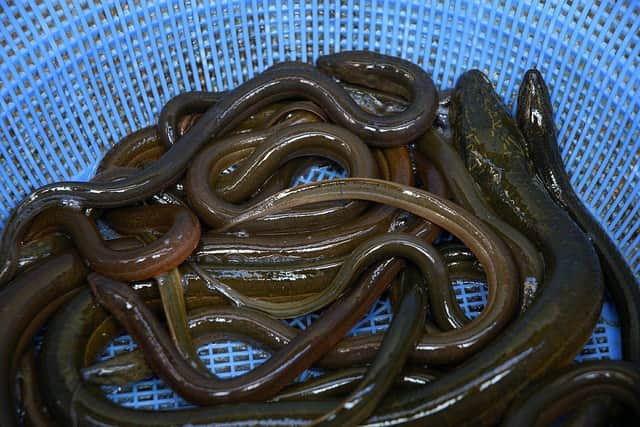

A gap in Saturn’s rings is named after him, as are many other things, but not on Wearside. A blue plaque is particularly noticeable by its absence.
Bewilderingly therefore, we can conclude that Herschel is better commemorated on a planet a billion miles away than in Sunderland, which he called home.
5. The Queen Alexandra Bridge carried trains
Advertisement
Hide AdAdvertisement
Hide AdThere’s a simple reason why the magnificent Queen Alexandra Bridge looks like a rail bridge. It was.
The rail deck was on the top of the bridge, which opened in 1909. Around six million tonnes of coal was hauled annually over the Alex by rail. However, there was a decline after World War One and the track was closed in 1921, then later removed to build planes for World War Two.
6. Lawrence of Arabia’s mother was a hat maker from Sunderland
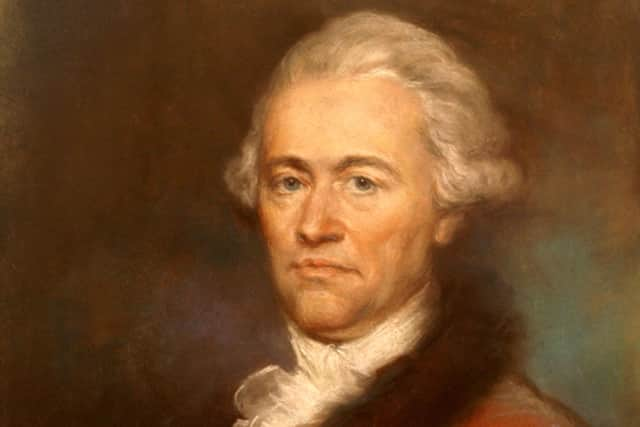

Sarah Junner, 1861-1959, was born in Sunderland. She went to the top of the clothing industry, ie. she became a milliner.
Advertisement
Hide AdAdvertisement
Hide AdShe had an affair with the married Sir Thomas Chapman, with whom she went on to have five sons. The couple were never themselves married. Their second son was the legendary TE Lawrence, subject of David Lean’s 1962 blockbuster Lawrence of Arabia starring Peter O’Toole; a Sunderland supporter.
Sarah died in Oxford aged 98. Her famous son was killed in a motorcycle accident in Dorset in 1935 aged 46.
7. Nobody knows how Witherwack got its name
The best place name of anywhere in Sunderland is surely that of Witherwack. Unfortunately, no one knows how it came about.
There has been speculation that it’s to do with agriculture and that “wither” and “wacking” are archaic words and something to do with gathering hay. However, no evidence confirms this and it sounds suspiciously like the idle guesswork of someone who wouldn’t admit to not having a clue either.
Advertisement
Hide AdAdvertisement
Hide Ad8. ‘Sunderland’ sounds similar to a worldwide 1990s hit single
The cheerfully silly Sunderland band, A Tribe of Toffs, are best remembered for their 1988 novelty hit John Kettley is a Weatherman. However, in the same year they wrote and recorded another song simply called Sunderland.
The song’s intro bears a certain resemblance to What’s Up? a global hit in 1993 for American group 4 Non Blondes. Listen to both songs on YouTube to see what we mean.
9. An entirely pointless lighthouse stood on Roker Avenue
In the 1870s a wealthy fellow called Mr Wills had a vanity project. He built a lighthouse beside the Wheatsheaf pub for no other reason than that he just wanted to.
Advertisement
Hide AdAdvertisement
Hide AdIt stood a mile from the coast and was never allowed to be lit, lest it cause confusion to sailors who might crash into the pub. It was demolished in 1970 following a fire.
10. Charlton Heston’s roots are in Sunderland
The maternal great-grandfather of the Oscar-winning star of Ben-Hur was William Charlton from Sunderland. With his wife Mary he emigrated to Canada where they had Heston’s grandmother, Marian Emily Charlton, in 1872.
Heston’s real name was John Carter, but he eventually changed his first name to the family name of his Mackem ancestor.
11. The most eccentric goalkeeper of all time played for Sunderland
Advertisement
Hide AdAdvertisement
Hide AdNamed by the Daily Mail as London’s second most eligible bachelor in 1905, medical professional and goalkeeper Dr Leigh Richmond “Dick” Roose played for Sunderland between 1908 and 1911, including the famous 9-1 win at Newcastle in 1908.
He was known to play in his overcoat, if a game was particularly one-sided in his side’s favour and he had little to do to keep warm.
When playing for Wales once, the Welsh full-back was stretchered off in the days before substitutes. So Roose played full-back and goalie simultaneously, helping Ireland to an 8-0 win.
Dr Roose was killed at the Somme in 1916. He is referenced in the classic book Rogues, Villains & Eccentrics.
Advertisement
Hide AdAdvertisement
Hide Ad12. When Sunderland folk ask for “monkey’s blood” at the ice cream van, it can cause great consternation to the unknowing tourist
Just saying.